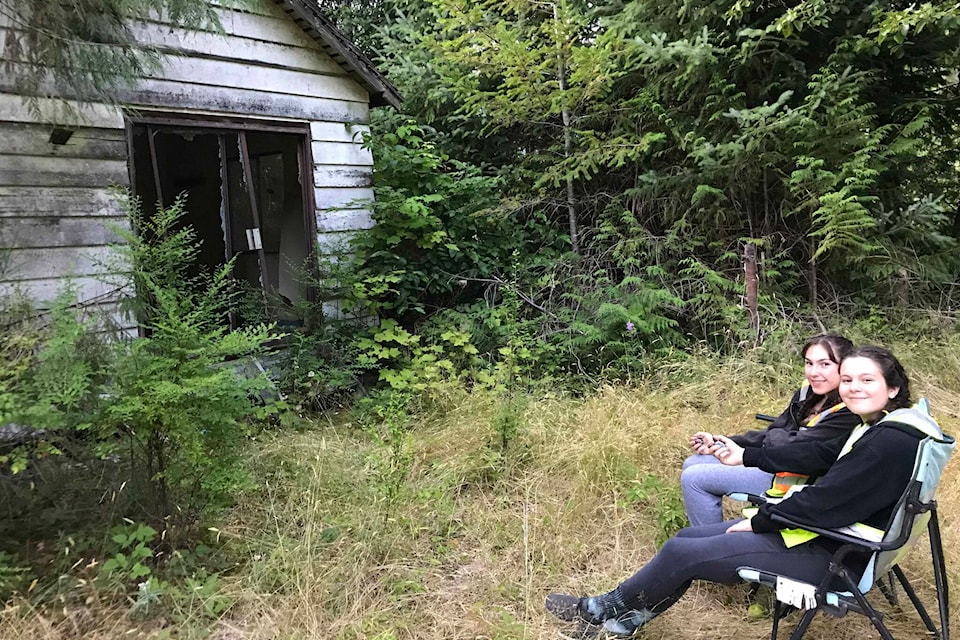Spring is here, with rain, flowers, insects, and – bats.
B.C. bats are now returning to summer roost sites. One of our more familiar species in buildings and bat boxes is the little brown myotis. Like all B.C. bats, the little brown myotis is an essential part of our ecology, consuming many insect pests each night.
Unfortunately, the little brown myotis is now endangered in Canada. In fact, bats in B.C. suffer from many threats, and almost half of our 15 species are at-risk.
RELATED: Off The Page: Looking and listening for bats with Tim Ennis
A simple way to support bats is to participate in the B.C. annual bat count in June. The North Island Chapter of the B.C. Community Bat Program is requesting colony reports and volunteer assistance for this citizen-science initiative that encourages residents to count bats at local roost sites. Volunteers are needed for counting bats at approximately one dozen locations between June 1 and 21, and again between July 11 and Aug. 5.
The bat count is easy, fun, and safe, not to mention vital for monitoring bat populations.
“The counts are a wonderful way for people to get outside, learn about bats, and be involved in collecting important scientific information,” says Tim Ennis, co-ordinator of the North Island/Comox Valley Community Bat Program.
Volunteers wait outside a known roost site, such as a bat-box, barn, or attic, and count bats as they fly out at twilight. A guano sample can also be sent in to identify the species of bat at the roost site.
The count data helps biologists understand bat distribution and monitor for impacts of the devastating bat disease called white-nose syndrome. White-nose syndrome is an introduced fungal disease, fatal for bats but not for other animals or humans.
Not yet found in B.C., the disease continues to spread in Washington State, less than 100 km from our border. Results from the bat count may help prioritize areas in B.C. for research into treatment options and recovery actions.
The North Island Chapter of the B.C. Community Bat Program is supported by the Comox Valley Land Trust and Cumberland Community Forest Society, while the provincial program is funded by the Habitat Conservation Trust Foundation, the Forest Enhancement Society of B.C., and the federal Habitat Stewardship Program, with the support of the B.C. Conservation Foundation and the Province of B.C.
The B.C Community Bat Program provides information for people dealing with bat issues on their property or who have questions about how to attract bats. To find out more about bat counts or white-nose syndrome, to report a dead bat, or to get advice on managing bats in buildings, visit www.bcbats.ca or call 1-855-9BC-BATS.
Find more information at https://bcbats.ca/get-involved/counting-bats/.
photos@comoxvalleyrecord.com
Like us on Facebook and follow us on Twitter
